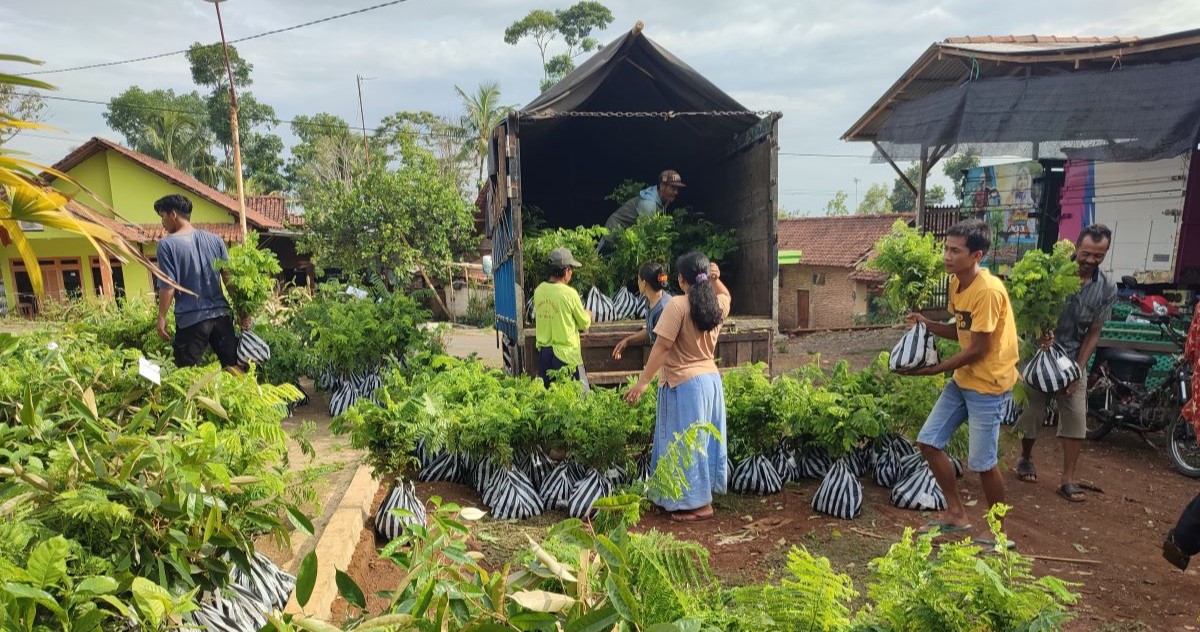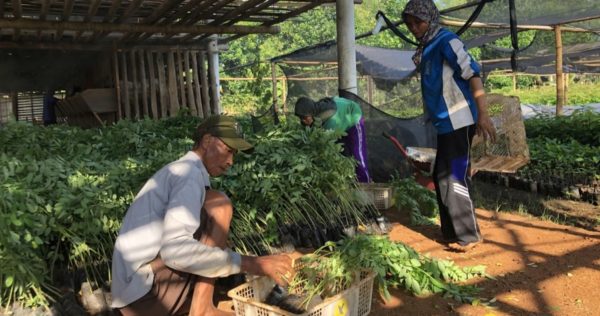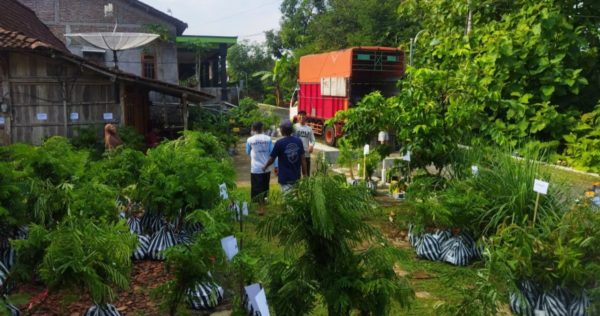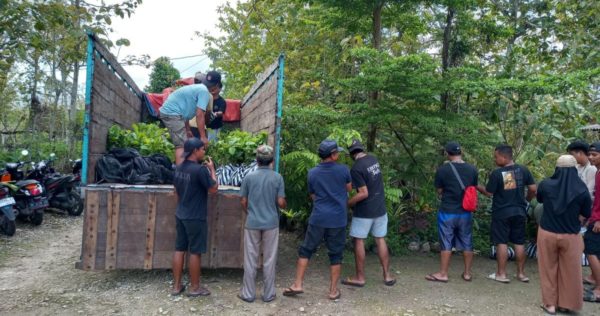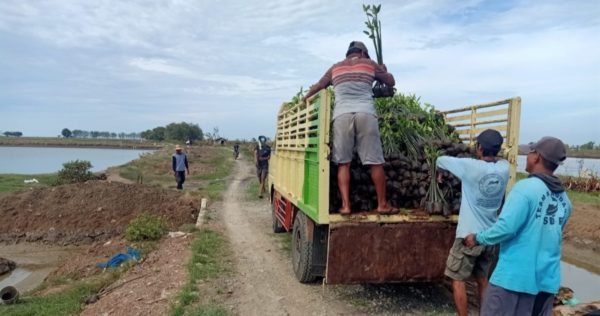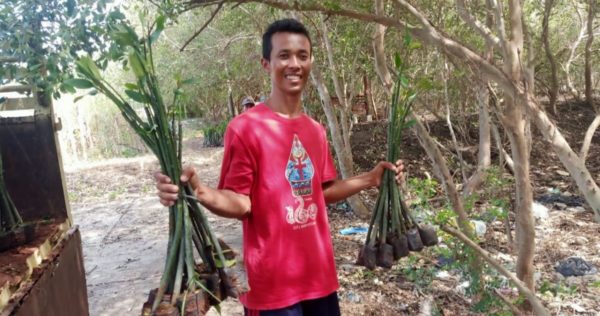Activity Highlight: Distributing Tree Seedlings in Central Java and Yogyakarta Surroundings
The Central Java and Yogyakarta regions are two of Trees4Trees’ main locations for tree planting and play a vital role in our reforestation initiatives. In the Trees4Trees 2023-2024 planting season, we successfully distributed over 570,000 tree seedlings to approximately 2,300 tree growers across Central Java, spanning Kebumen, Pati, Boyolali, Semarang Regency, and Gunung Kidul in Yogyakarta.
Our tree-planting initiatives throughout the regions serve diverse purposes, ranging from addressing drought and water scarcity to preventing erosion and landslides, revitalizing degraded areas, and providing essential shade.
In addition to our terrestrial efforts, Trees4Trees extended its impact to the coastal region of Pati by planting around 33,750 mangroves, contributing to the overall health and resilience of the coastal areas.
Let’s celebrate the hard work of our team in Central Java and Yogyakarta as they deliver seedlings to our tree growers in various locations!
Our nursery workers in Kebumen (above) and Pati (below) were meticulously selecting and preparing the best seedlings then packaging them for distribution to various planting areas across Central Java and Yogyakarta.
The selected and packaged tree-seedlings in the nursery of Kebumen (above) and Pati (below) were ready for loading to the delivery trucks. They were attached with a barcode and information about tree types, the grower who will receive them and the village destination.
(Above) Our nursery team in Kebumen loaded the tree-seedlings to a small pick-up truck. (Below) Our nursery team in Pati had already finished loading all seedlings to a bigger truck. Due to the challenging terrain to the tree-planting areas, with usually very narrow and steep roads, we used small pickup trucks for delivery. While the bigger trucks are used to deliver the seedlings to the areas with wider roads.
The tree-seedlings were all dropped and organized in a meeting point in Gunungsari Village, Pati (above) and Kedungpilang Village, Boyolali (below). They were ready to be picked up by our dedicated tree growers.
Following the arrival of the tree seedlings in Gunungsari, Kebumen (above) and Ngringin, Gunungkidul Yogyakarta (below), local communities enthusiastically welcomed them. They couldn’t wait to receive the tree seedlings. Our team also worked hand in hand with the local community in loading out the seedlings.
(Above) Mangrove seedlings were delivered to the meeting point near Tegalombo Village’s coastal area in Pati Regency. They were then transported to the planting location by members of a fishpond farmer group collaborating with Trees4Trees as tree growers. (Below) The mangrove distribution process in Banyutowo Village involved the active participation of the local community.
Witnessing our tree growers bringing their trees home was genuinely thrilling. They transported the trees from the designated meeting points using various methods, including carrying them on their backs with bamboo sticks or traditional baskets, as well as utilizing motorcycles. Shortly after, they will proceed to plant these trees in their fields.
Our tree growers’ smiles are the most precious to us! We are grateful for the opportunity to support them as a local community by providing tree seedlings and organic fertilizers and witnessing the joy on their faces!

